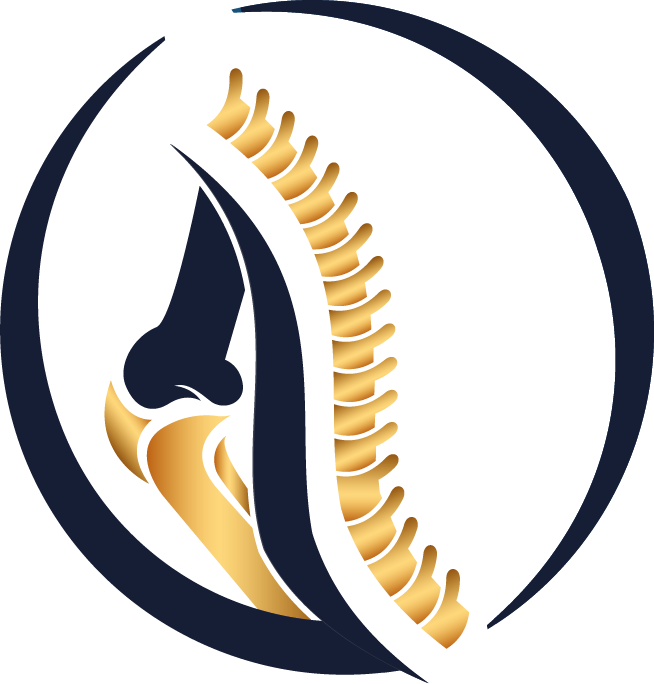🧘♀️ Do Scoliosis Exercises Really Correct the Curve?
Many patients and families who receive a scoliosis diagnosis search for non-surgical alternatives—and exercises are often the first thing they find. In recent years, social media has been flooded with claims like “I fixed my scoliosis through exercise.”
But how accurate are these claims?
In this article, we’ll provide a balanced perspective using both scientific evidence and clinical experience to explore what scoliosis exercises can (and cannot) do.
What Is Scoliosis?
Scoliosis is a three-dimensional spinal deformity involving sideways curvature and rotation of the spine. The most common type is Adolescent Idiopathic Scoliosis (AIS), typically diagnosed between ages 10–18, and measured using the Cobb angle.
Treatment decisions depend on curve severity, the patient’s age, and remaining growth potential.
When Are Exercises Effective?
The effectiveness of scoliosis exercises depends on the degree of curvature, the patient's age, and growth potential:
- 10–25° Cobb angle: In this range, specific scoliosis exercises (PSSE) may help slow curve progression and may even improve the angle slightly in some cases.
- 25–40°: Exercises are usually combined with bracing. Exercise alone is often insufficient in this range.
- Over 40°: This group often requires surgical evaluation. Exercises may help reduce pain, improve posture, and support recovery—rather than correcting the curve.
Can Exercises Reduce the Cobb Angle?
Some small-scale studies, especially in mild scoliosis (10–25°), have shown that structured exercise programs like the Schroth method may lead to 3–5° improvement in Cobb angle.
However, most of these studies have:
- Small sample sizes,
- Short follow-up periods,
- Methodological limitations.
🔬 Example study:
Kuru et al. (2016) – “The efficacy of Schroth method in adolescent idiopathic scoliosis.”
After 6 months, the Schroth group showed an average of 4.1° less curve progression than the control group. However, long-term effects were not confirmed.
Leading organizations like the Scoliosis Research Society (SRS) do not officially recognize scoliosis exercises as a proven method to reduce curvature.
Clinical Reality: Theory vs. Practice
In my clinical experience, significant Cobb angle reduction through exercise alone is rare. These programs primarily aim to improve patient comfort and quality of life, rather than reverse the curve.
That said, exercises are far from useless. In fact, they can:
- Relieve pain caused by muscle tension around the spine,
- Improve flexibility and muscle balance,
- Enhance posture awareness,
- Possibly slow curve progression in certain cases.
Especially in patients with paraspinal muscle imbalance, exercises are very effective for pain management.
Can Exercises Stop Curve Progression?
The evidence is more positive here—but still not definitive. Some studies suggest a lower rate of curve progression in patients who perform regular exercises. However, results vary widely and cannot be guaranteed.
Exercises are often most effective when combined with bracing or other medical treatments.
📚 Reference:
Negrini et al., 2016 – “2016 SOSORT Guidelines”
The guidelines state that methods like Schroth and PSSE may play a supportive role in growing patients but cannot replace bracing or surgery in moderate to severe scoliosis.
Conclusion
Scoliosis exercises can be a valuable supportive tool—especially in mild curves and younger patients. However:
- They do not completely correct scoliosis,
- They are insufficient on their own in surgical-range curves,
- Their main benefits are in pain reduction, postural improvement, and enhancing comfort.
Any exercise plan should be tailored by a specialist and monitored by both physician and physiotherapist.
 Türkçe
Türkçe
 Arabic
Arabic
